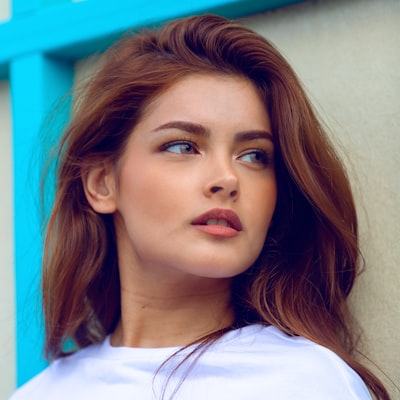What Happens To Bermudagrass In Winter

By now, you�ve absolutely observed that your bermudagrass has gone from a lush green to a yellow or straw color. Aside from looking of the ordinary, it is a fully regular part of bermuda grass�s life cycle. When bermuda begins to show tan it�s merely going right into a dormant (non-growing) state. The purpose it does that is to protect itself from the harsh and chilly conditions that it�s about to endure. Typically, it solely occurs within the cooler months, but grass can also go dormant through the summer time because of too chilly or too warm temperatures. Although that makes it appear delicate, bermudagrass is a variety of the heartiest sod you possibly can have in your yard.
If you were to spill gasoline on fescue, or tall-type grass, it would harm it to such a level that it might probably kill it. Now should you spill fuel on bermuda it would probably flip gentle brown for a bit, but eventually, it will grow back just as green. The heartiness of bermudagrass can be a lifesaver in relation to drier and cooler seasons or lack of solar. In fact, this sod alternative can be quite invasive and virtually a nuisance to maintain out of your backyard. It�s much simpler to maintain alive than it is to kill it. Unlike the human physique, keeping bermudagrass watered isn�t onerous in any respect.
Once established, this grass can take little or no water. So little, actually, that it may flip brown in midsummer, then green right back up couple days later. bermuda grass treatment �s also nice for foot traffic not like its bluegrass counterparts. Even should you do manage to mess up the way the grass appears (ie with a slip and slide), inside a number of days it is going to be back to regular. One purpose so many homeowners and homebuilders within the southeast choose this grass is due to the method it stands up to the entire components..
